
30 May 2022

Will
A person desperately searches for their lost little brother during a Memorial Day festival in this one take POV thriller
Tones rise and fall as images replicate and reorder, dizzying, nauseating -- vexing.

30 May 2022

A person desperately searches for their lost little brother during a Memorial Day festival in this one take POV thriller
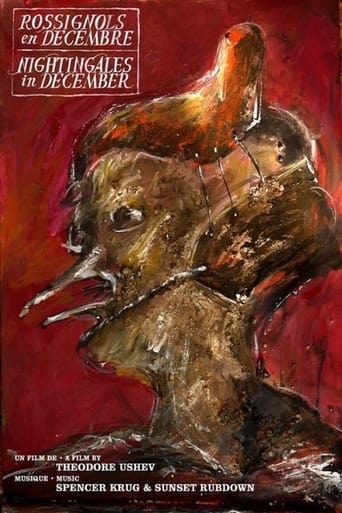
14 Mar 2012

This metaphorical surrealist tale is an allusion. NIGHTINGALES IN DECEMBER is a trip into the memories, and the fields of the current realities. What if the Nightingales were working, instead of singing and going south? Is the innocence the only savior of birdsongs? There are no Nightingales in December... What is left, is only the history of our beginning, and our end.
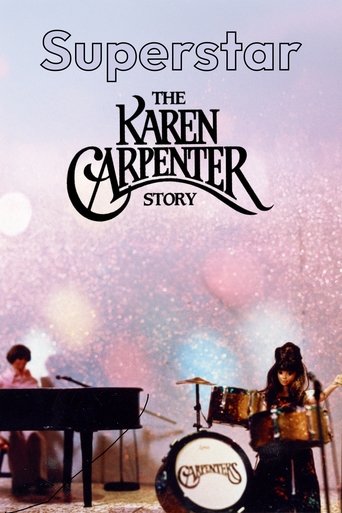
15 Jul 1987

The final 17 years of American singer and musician Karen Carpenter, performed almost entirely by modified Barbie dolls.
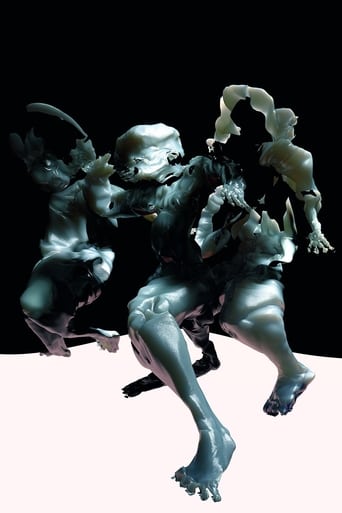
18 Mar 2014

TRAUMA is a collaborative film project by Jesse Kanda and Arca first partially exhibited at MoMA PS1 at the end of 2013. The film follows a nonlinear narrative about the death of a salaryman, a drunk driving infant and takes place within a subconscious world. TRAUMA's score will span through Arca's existing and future works.

01 Jan 1966

Multi-faceted artist Phil Niblock captures a brief moment of an interstellar communication by the Arkestra in their prime. Black turns white in a so-called negative post-process, while Niblock's camera focuses on microscopic details of hands, bodies and instruments. A brilliant tribute to the Sun King by another brilliant supra-planetary sovereign. (Eye of Sound)
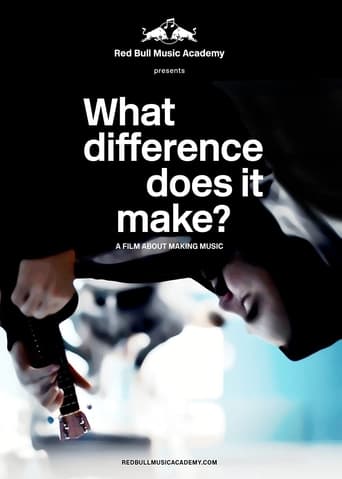
17 Feb 2014

A documentary that explores the challenges that a life in music can bring.
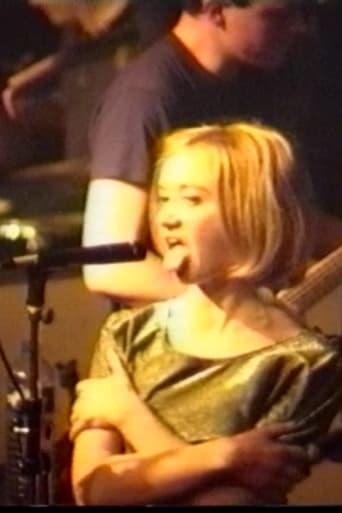
02 May 2018

A documentary on underground and experimental rock acts performing at Les Instants Chavirés, a music venue in Montreuil, France. Performers include Thierry Madiot, Peter Brötzmann + Han Bennink, The Ex + Tom Cora, Roof, Hint + Quentin Rollet, Kampec Dolores, Prolapse, King Biscuit, Zeni Geva, Melt Banana, Purr, Badgewearer, Heliogabale + Didier Petit, Keiji Haino, Oxbow, US Maple, New Bad Things, Tiger Lillies, Marc Ribot, KK Null, Api Uiz, Labradford, Godspeed You Black Emperor, De Kift, Sophie Agnel & Roro Perrot.
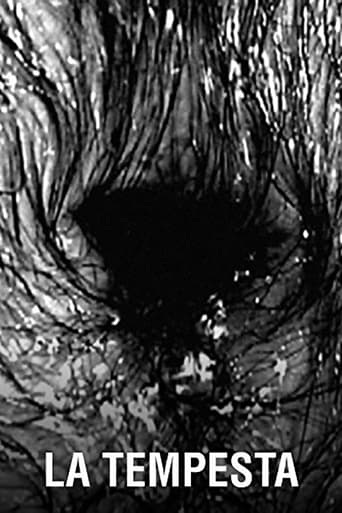
01 Jan 2003

Naked bodies are buffeted by water accompanied by the music Il Temporale from the opera La Cenerentola and the overture to Il Barbiere di Siviglia both by Gioacchino Rossini.
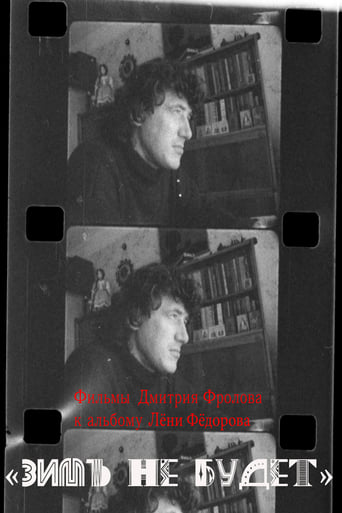
17 Sep 2021

"There will be no winters" - a film consisting of 14 short novels, each with its own plot and a musical theme. In fact, this is a screen version of the same album of Russian avant-garde singer Leonid Fedorov.
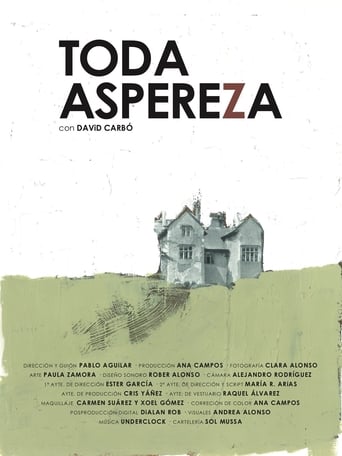
02 Sep 2020

An unnamed passer-by is forced to trace a circular route inside an abandoned tram station, facing loss and time. The broken walls act as a channel, transmitting fragmentary, blurred and analogical memories.

13 Jun 2018

"A Motion Selfie" is one-of-a-kind DIY filmmaking: a darkly comic chronicle following a year in the life of a washed-up viral video star and the sexually depraved stalker who becomes obsessed with his work.
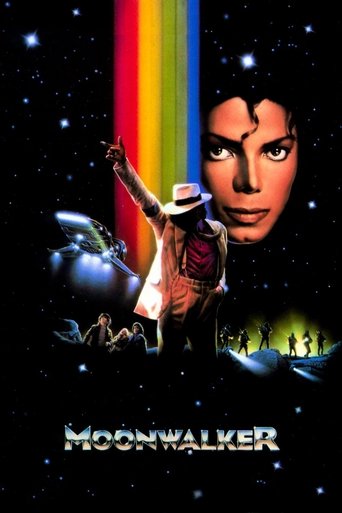
29 Oct 1988

Moonwalker is a 1988 American experimental anthology musical film starring Michael Jackson. Rather than featuring one continuous narrative, the film expresses the influence of fandom and innocence through a collection of short films about Jackson, some of which are long-form music videos from Jackson's 1987 album Bad. The film is named after his famous dance, "the moonwalk", which he originally learned as "the backslide" but perfected the dance into something no one had seen before. The movie's introduction is a type of music video for Jackson's "Man in the Mirror" but is not the official video for the song. The film then expresses a montage of Michael's career, which leads into a parody of his Bad video titled "Badder", followed by sections "Speed Demon" and "Leave Me Alone". What follows is the biggest section where Michael plays a hero with magical powers and saves three children from Mr. Big. This section is "Smooth Criminal" which leads into a performance of "Come Together".
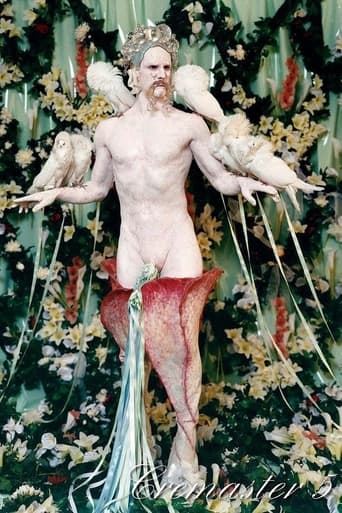
24 Oct 1997

Cremaster 5 is a five-act opera (sung in Hungarian) set in late-ninteenth century Budapest. The last film in the series, Cremaster 5 represents the moment when the testicles are finally released and sexual differentiation is fully attained. The lamenting tone of the opera suggests that Barney invisions this as a moment of tragedy and loss. The primary character is the Queen of Chain (played by Ursula Andress). Barney, himself, plays three characters who appear in the mind of the Queen: her Diva, Magician, and Giant. The Magician is a stand-in for Harry Houdini, who was born in Budapest in 1874 and appears as a recurring character in the Cremaster cycle.

23 Apr 2016

The second "visual album" (a collection of short films) by Beyoncé, this time around she takes a piercing look at racial issues and feminist concepts through a sexualized, satirical, and solemn tone.
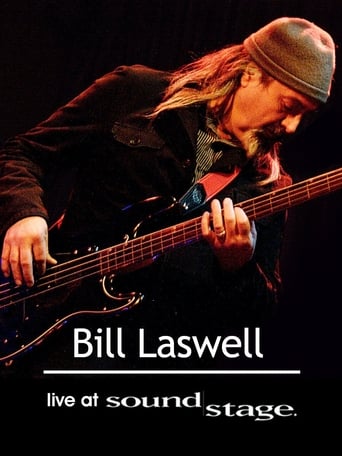
13 Jul 2006

Throughout three decades, Bill Laswell has been a constant innovator, fusing seemingly disparate genres into a whole new sound. Touching upon everything from worldbeat, funk, rock, hip-hop and jazz, there are no limits to his experimental approach. Among his many talents is his ability to bring together well-matched singers and players to create a distinct style that defies easy classification. His Soundstage episode embodies his unique approach, transcending any genre boundaries and delivering an engaging performance. From the World Beat of Tabla Beat Science, to the jazzy flavors of Pharoah Sanders backed by Material, it’s an exciting mix. Other surprises include a rocking Buckethead set that includes a little breakdancing and songs by Praxis. The show culminates with an all-star performance, funked up by Bootsy Collins.

01 Jan 1955

Hand painted directly onto film stock by Margaret Tait, this film features animated dancing figures, accompanied by authentic calypso music.
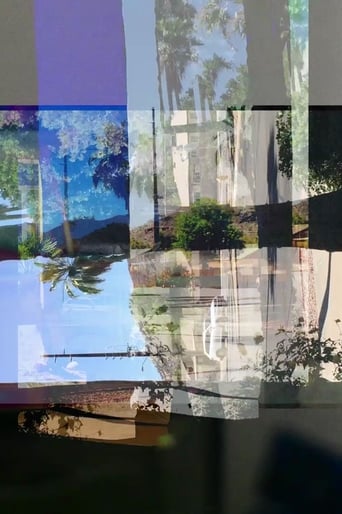
30 May 2017

Hiding inside&out, writhing about, taken out&in.

23 May 2017

Return to 'burn' only to find out you're already in that urn.
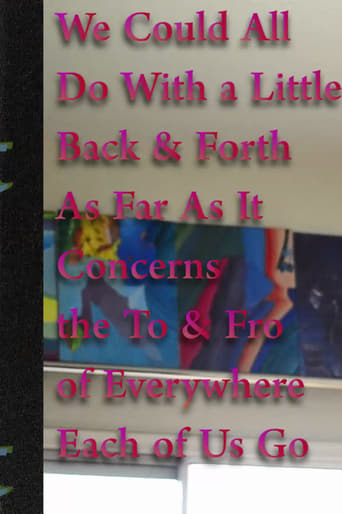
23 May 2017

(Some of us) Still run down the same [mental&emotional] streets we revered/reproached/replaced as children.

01 Jan 1969

Part of a collection of restored early works by Nam June Paik, the haunting Beatles Electronique reveals Paik's engagement with manipulation of pop icons and electronic images. Snippets of footage from A Hard Day's Night are countered with Paik's early electronic processing.